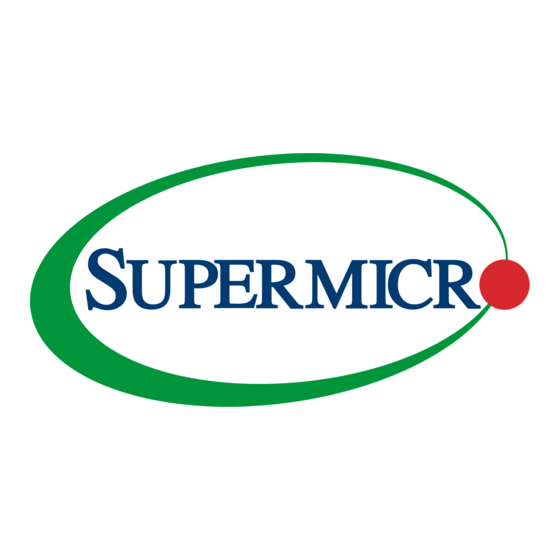

Supermicro SuperServer SYS-E100-12T-H User Manual
Hide thumbs
Also See for SuperServer SYS-E100-12T-H:
- Getting started manual (17 pages) ,
- Getting started manual (16 pages)
Table of Contents
Advertisement
Quick Links
Advertisement
Table of Contents
Troubleshooting






Need help?
Do you have a question about the SuperServer SYS-E100-12T-H and is the answer not in the manual?
Questions and answers